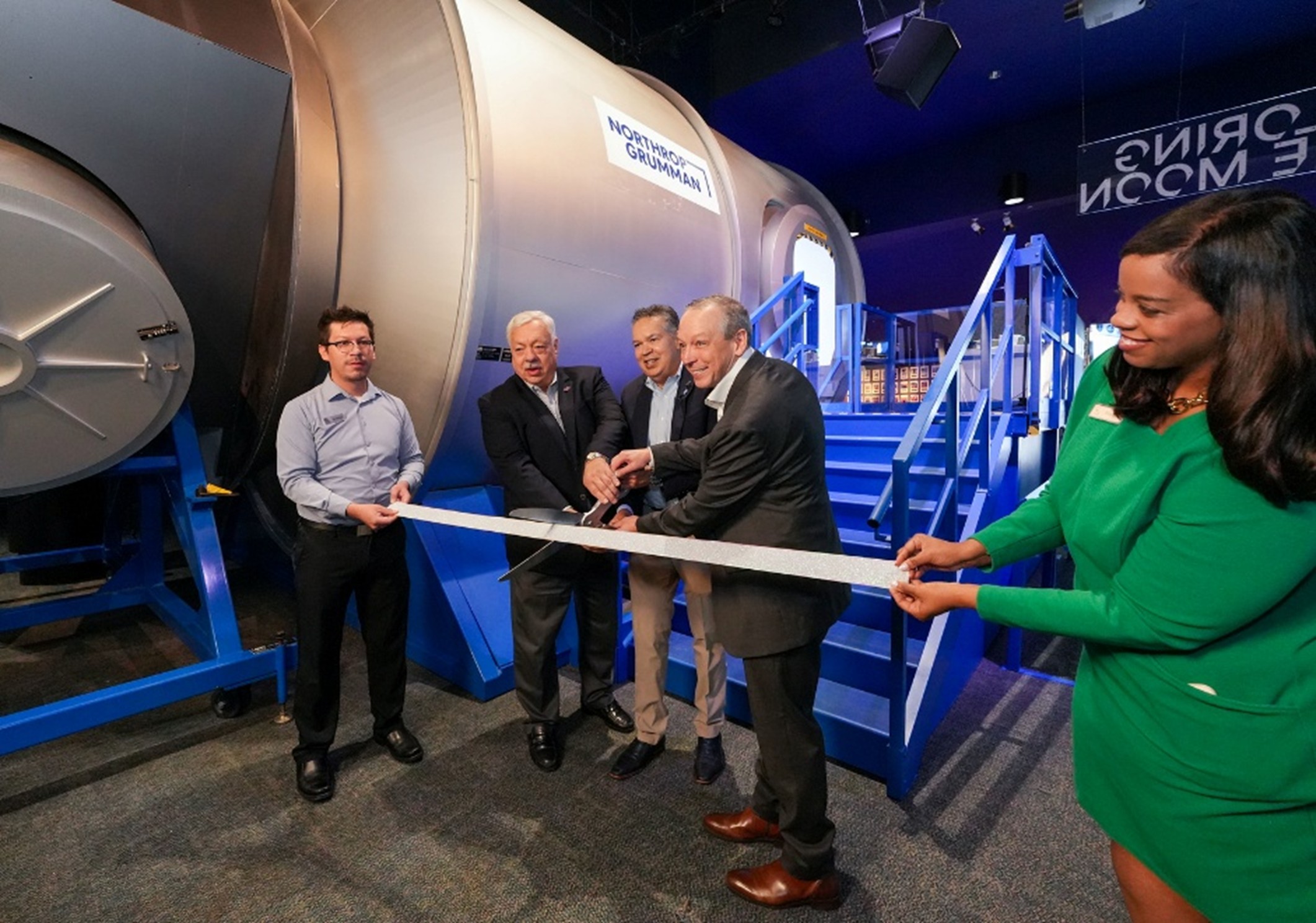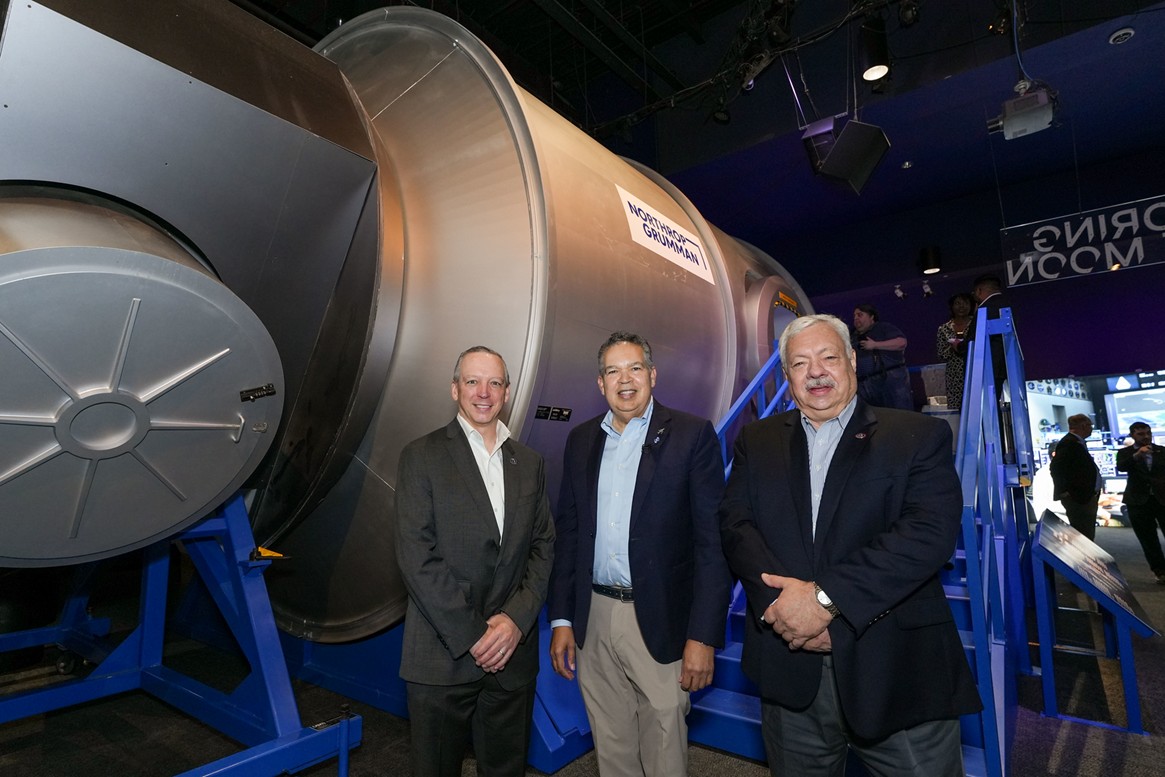On October 24, 2024, a remarkable piece of space exploration history arrived at Space Center Houston: a full-scale Gateway Habitat mock-up, generously donated by aerospace leader Northrop Grumman. This immersive artifact is a symbol of humanity’s next great leap toward the Moon and beyond.
Northrop Grumman specifically chose Space Center Houston for this donation, recognizing the center’s role in inspiring the next generation of explorers and its deep connection to the Artemis program. Delivered on a flatbed trailer, the impressive structure measures 14.5 feet in diameter, 21 feet long, and weighs approximately 7,500 pounds. Now proudly featured in the Artemis exhibit, the mock-up offers guests a rare and powerful experience—they can walk through a piece of our future in space.

Originally built in 2019, this habitat played a key role in the early design and planning phases of NASA’s Gateway, a small space station that will orbit the Moon and serve as a hub for Artemis missions. Engineers and astronauts used the mock-up to study how people might live and work in lunar orbit. It helped refine critical elements such as ergonomics, lighting, ventilation, communication systems, and even emergency procedures. Every inch represents hours of testing and collaboration aimed at building something that can safely support life far from Earth.
One standout feature of the habitat mock-up is its three docking ports, designed to accommodate visiting spacecraft and future modules, an essential element for a functioning lunar space station. Built primarily from aluminum with vinyl detailing and a steel base, the mock-up captures the essence of what Gateway could be. Interestingly, it also includes design elements like sleep stations and a window that were ultimately removed from the final version to save weight. These changes highlight the complex trade-offs engineers must make when designing for space.

This evolution between concept and final design creates a unique learning opportunity. For educators and students, the mock-up serves as a tangible case study in space engineering. Why were some features sacrificed? What materials offer the best balance of strength and weight? How do you design a livable space environment where every decision counts? These questions transform the mock-up into a powerful teaching tool grounded in real-world problem-solving.
This artifact bridges the gap between concept and reality, offering a hands-on look at the challenges and triumphs of space engineering. It’s an experience that sparks curiosity, encourages critical thinking, and shows how human ingenuity is making space exploration possible. It’s a reminder that every great leap forward starts with testing, learning, and adapting.
As guests pass through its doors, they do not just see the future, they step into it.









